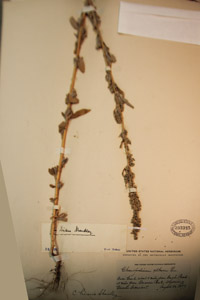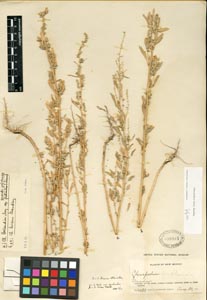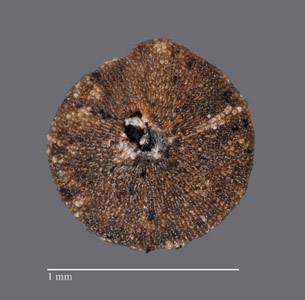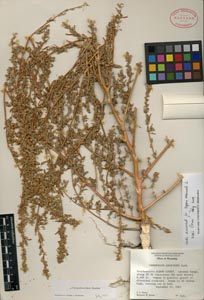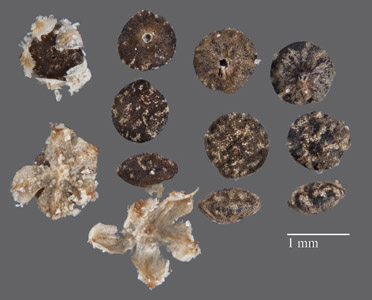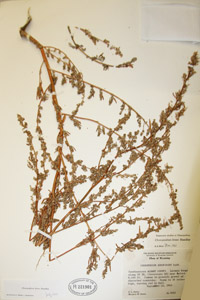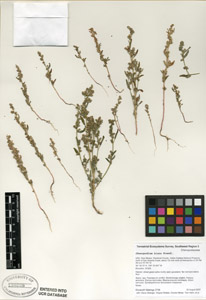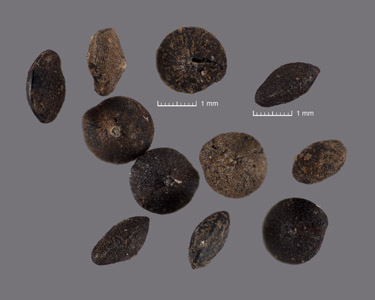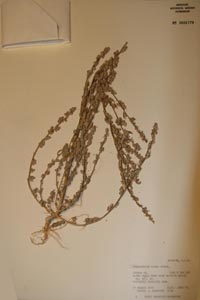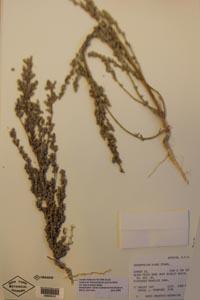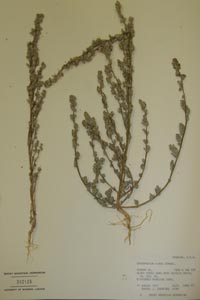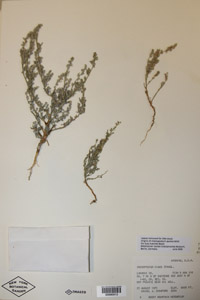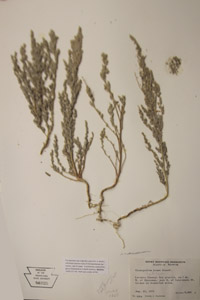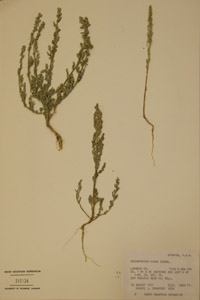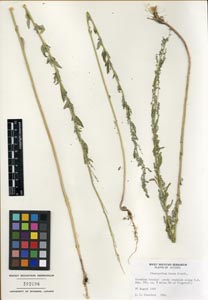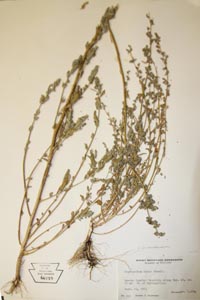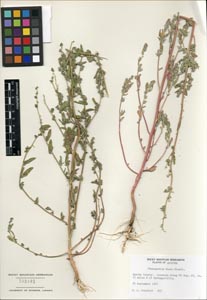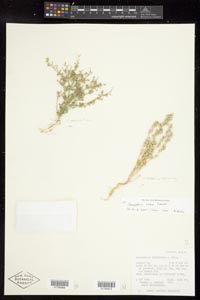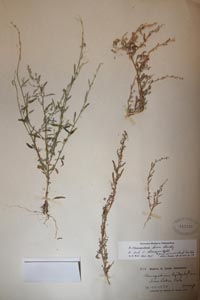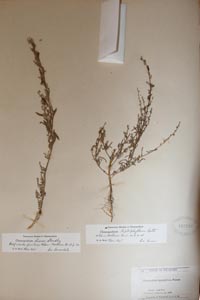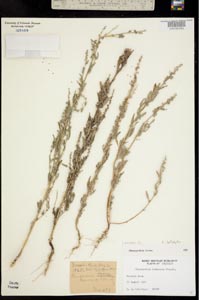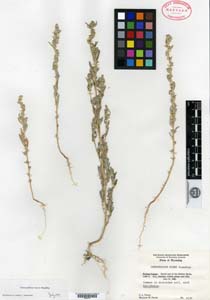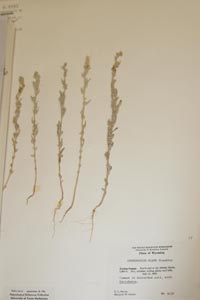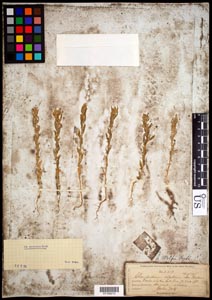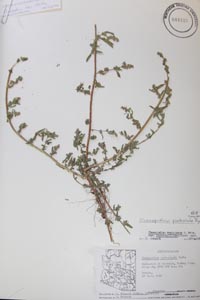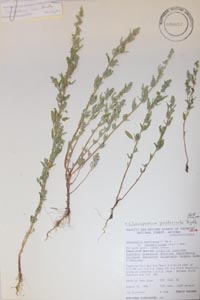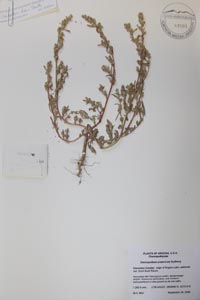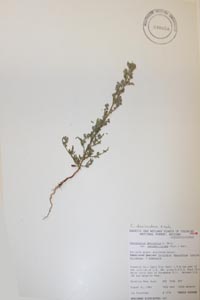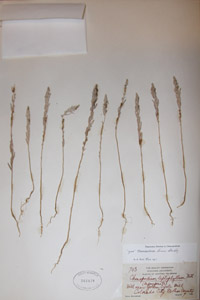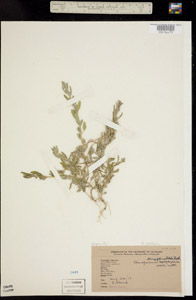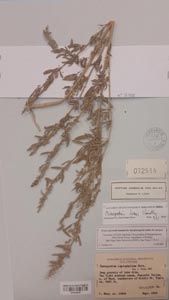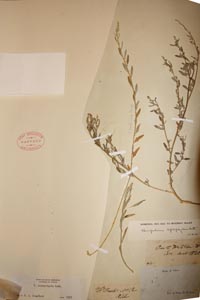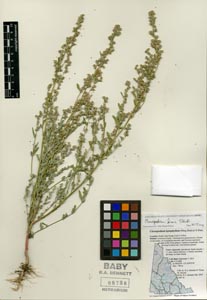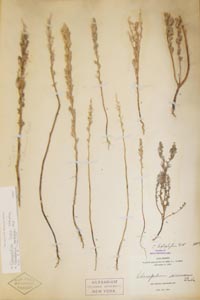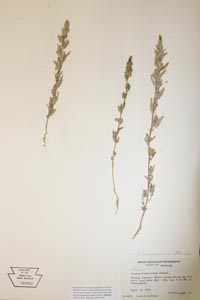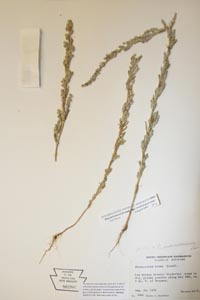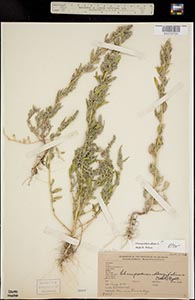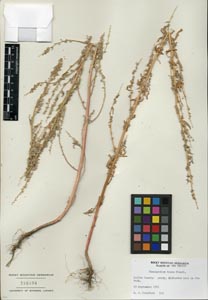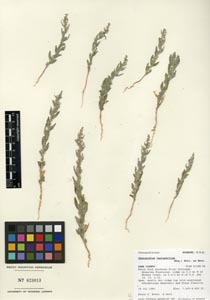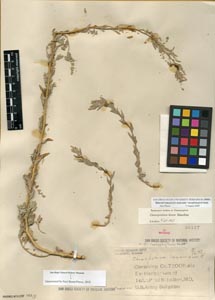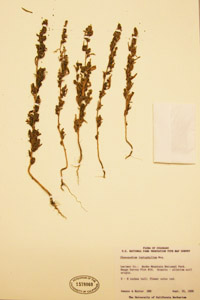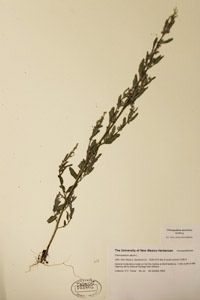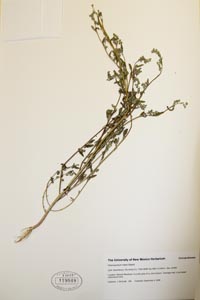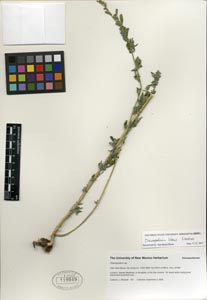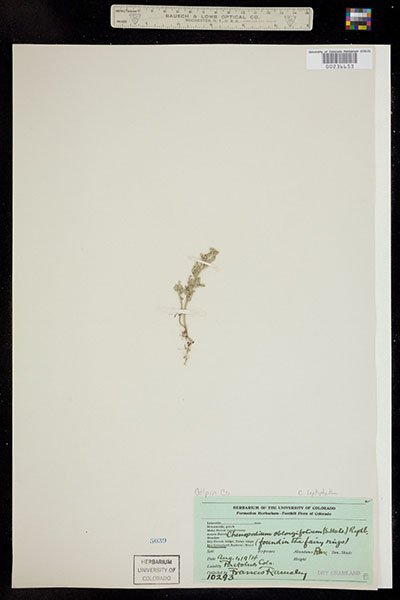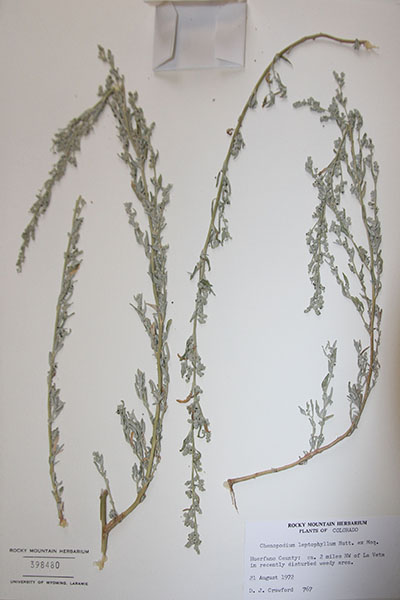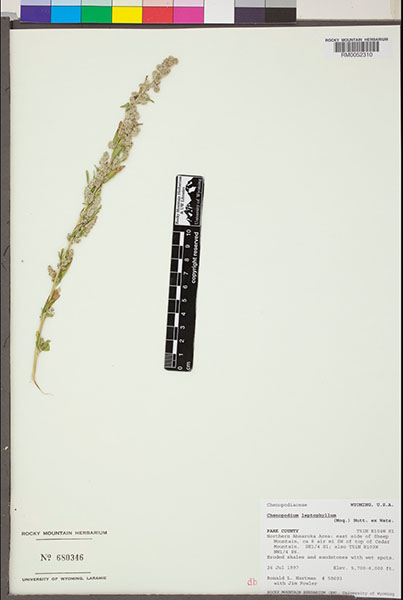Chenopodium hians Standl.
N. L. Britton et al., N. Amer. Fl. 21: 16. 1916.
Etymology |
Gaping |
Description: |
Ill-scented erect annual, 4-8 dm. high, usually simple at the base, or with a few short slender weak branches, sparsely branched above, the branches stout, erect or nearly so, copiously and coarsely farinose, obscurely and obtusely angled; petioles stout, half as long as the blades or shorter; leaf-blades elliptic-oblong, oblong, or narrowly lance-oblong, 1.2-3 cm. long, 3-8 mm. wide, rounded or obtuse at the apex, very shortly apiculate, cunéate at the base, green and glabrate on the upper surface, densely and rather coarsely white-farinose beneath, thick, the upper blades sometimes linear; glomerules large, in very stout, dense, erect, axillary or narrowly paniculate spikes; calyx densely farinose, cleft nearly to the base, the lobes roundedoblong or ovate, obtusely carínate, yellowish, tinged with green, erect at maturity and exposing the fruit; pericarp closely adherent; seed horizontal, 0.8-1 mm. broad, black, shining, nearly smooth, the margin obtuse. -Standley The fruit is small, conical below, with highly patterned pericarp of minute brown and white papillae. |
Distribution: |
US: AZ, CO, MT, NM, NV, UT, WY, Canada: British Columbia, Yukon Territory |
Synonyms: |
Chenopodium incognitum Wahl |
Type: |
Type collected near Dulce, New Mexico, altitude 2150 meters, August 19, 1911, Paul C. Standley 8129 (US 687056). |
Website Info: |
We thank all the Herbaria who have very generously have allowed us to display their images. All images with a RED outline were either provided by the linked Herbaria or given us access to their website to obtain such images, or they were scanned while on loan to us. Please see the credits and further information by clicking on the Herbaria acronyms. The specimens’ images without such red outline, were taken by us during our research visits. All fruit and seed images have been taken with the Visionary Digital Microscope System, Dun, Inc. Palmyra, VA by Lee Simpson at San Diego State University. Website development by Lee Simpson. Contact: sdsuherbarium@sdsu.edu |
Map:
(If map does not load click here)
Type Specimen:
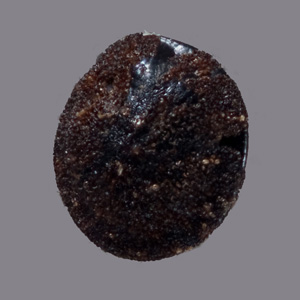 |
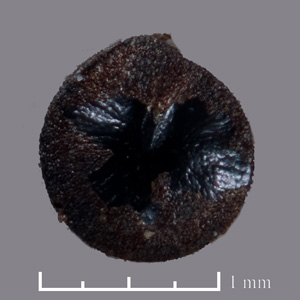 |
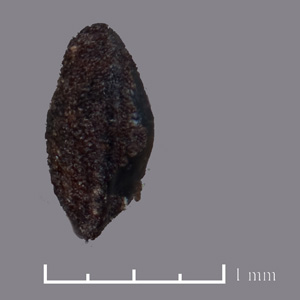 |
 |
 |
Standley 8129
Specimens:
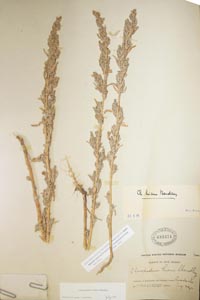 |
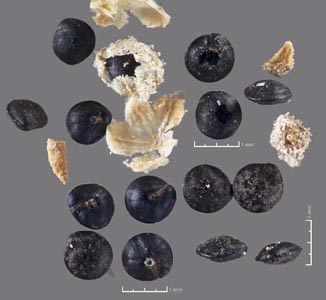 |
Standley 10764
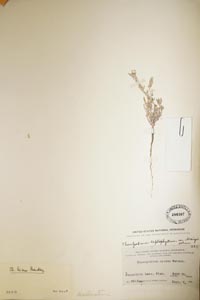 |
||||
US 393385 Schuchert 8/22/1899 |
US 896940 Standley 14088 |
US 296397 Jones 6015 |
 |
Hartman 59873
Porter & Porter 9491
 |
 |
Crawford 483A
 |
 |
Current 544
Makings 2736
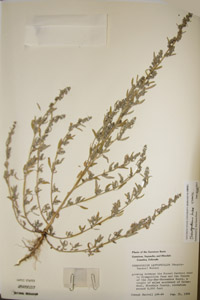 |
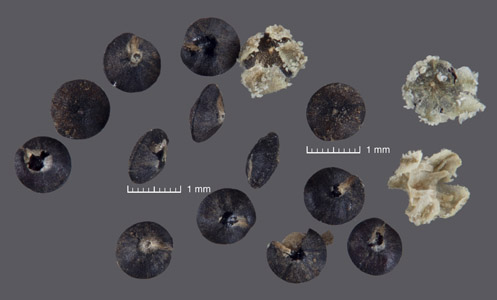 |
Barrell 164-64
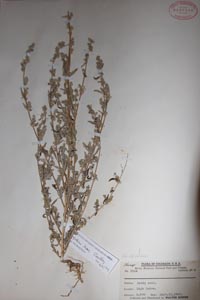 |
 |
Kiener 2164
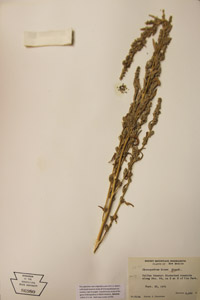 |
 |
Crawford 515A
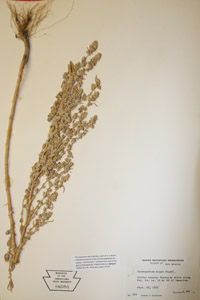 |
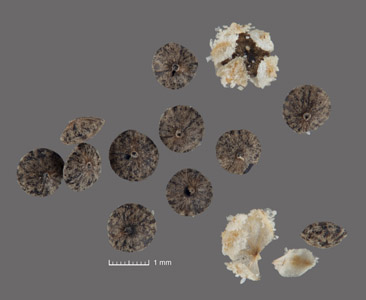 |
Crawford 510
Crawford 419A
|
Crawford 420A
Crawford 474C
|
Crawford 553
|
Hartman 8111
|
Jones 907
|
Osterhaut 6487
|
Porter & Porter 9137
Wolfe 258
ASC 44737 Schaak 162 |
ASC 46657 Ricketson 1966 |
ASC 84501 Moir 11/24/2006 |
ASC 46658 Ricketson 1975 |
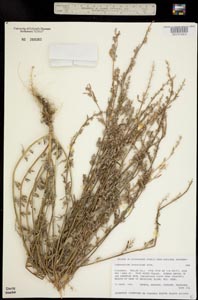 |
||||||
PAC 86984 Crawford 494A |
DS 364448 Bacigalupi 703 |
G 72514 Ewan 15606 |
GH Porter & Porter 8868 |
GH Hooker 1825 |
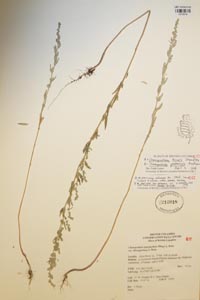 |
|||||||
BABY 8758 B.A. Bennet 13-0583 |
NY Clarke 9/21/1895 |
PAC 27308 Osterhaut 6892 |
|
PAC 86982 Crawford 507C |
PAC 86983 Crawford 500 |
PAC 86986 Crawford 440C |
RM 262457 Finkel |
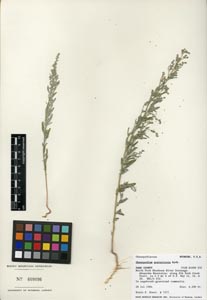 |
||||||
RM 398494 Crawford 512 |
RM 623013 Evert 8419 |
RM 609096 |
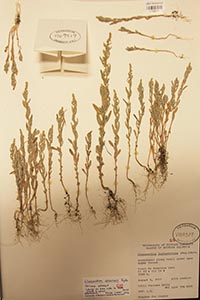 |
 |
|||||
SD 30137 Shallert |
UC 1578060 Sawyer & Ertter 260 |
UBC 169519 Selby 8-8-1977 |
RM Hartman 80034 |
UNM 103805 Tonne 10/9/2002 |
UNM 106756 Hartman 78450 |
UNM 119948 McGrath 796 |
UNM 119949 McGrath 797 |
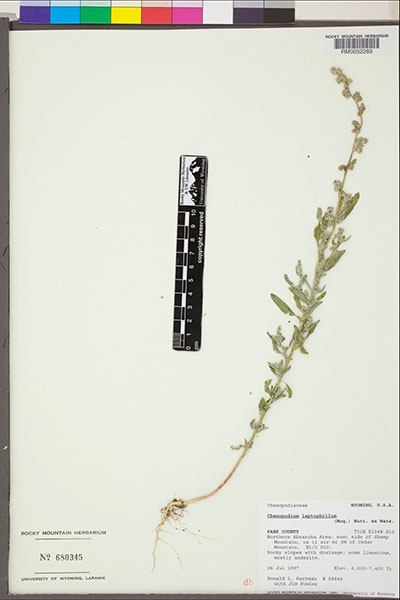 |
||||||
COLO 5039 Ramaley 10293 |
RM 398480 Crawford 767 |
RM 680345 Hartman 58846 |
RM 680346 Hartman 58693 |
